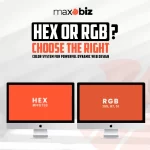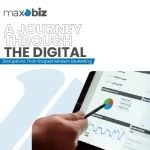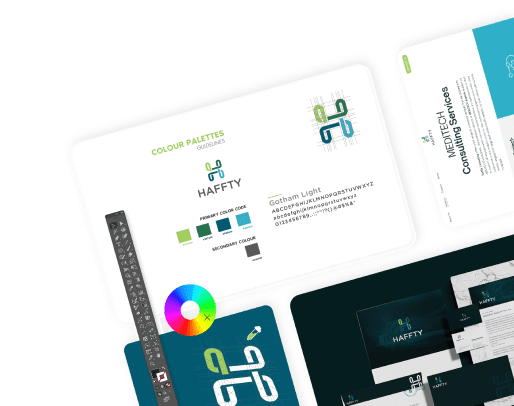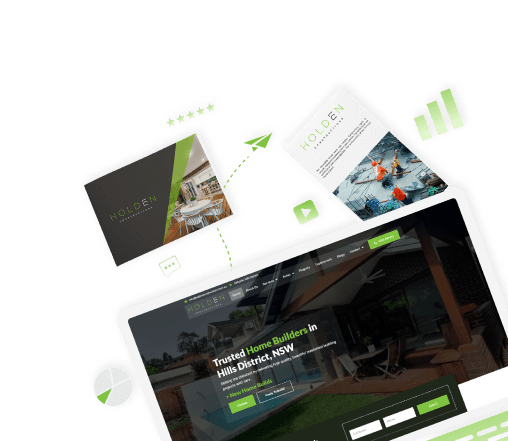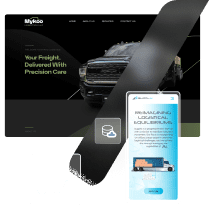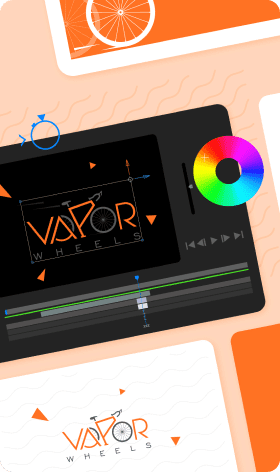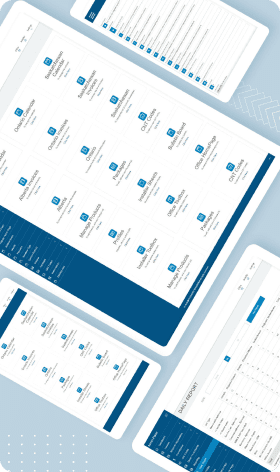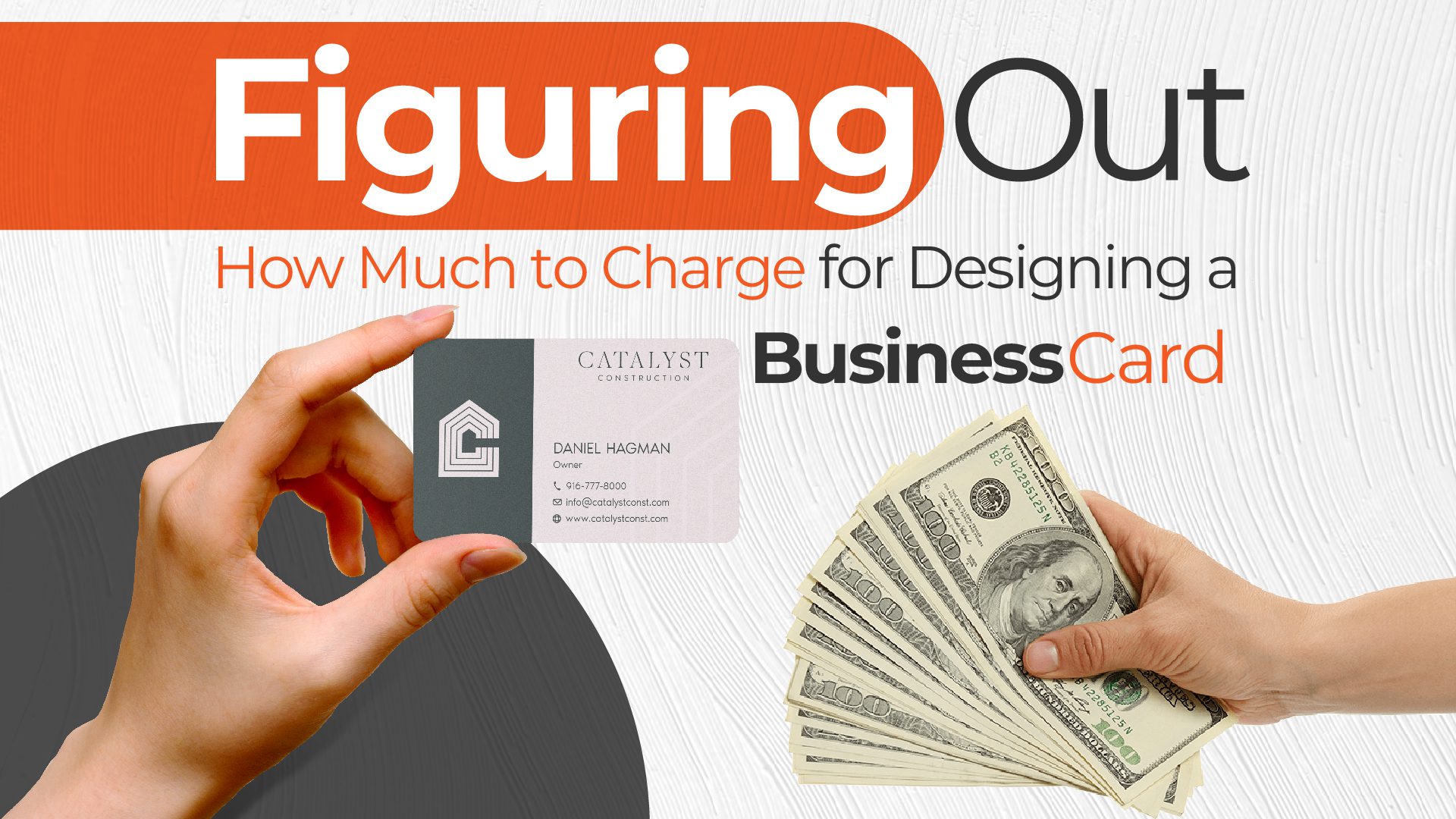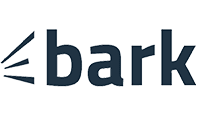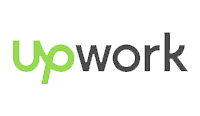Introduction
Let’s dive into figuring out how much to charge for business card design. You might think, “It’s just a small card, how hard can it be?” Well, it’s not just about the size. It’s about the creativity, effort, and skill you put into it. Designing a business card is like creating a tiny billboard – it needs to make a big impact!
Pricing Your Design Work
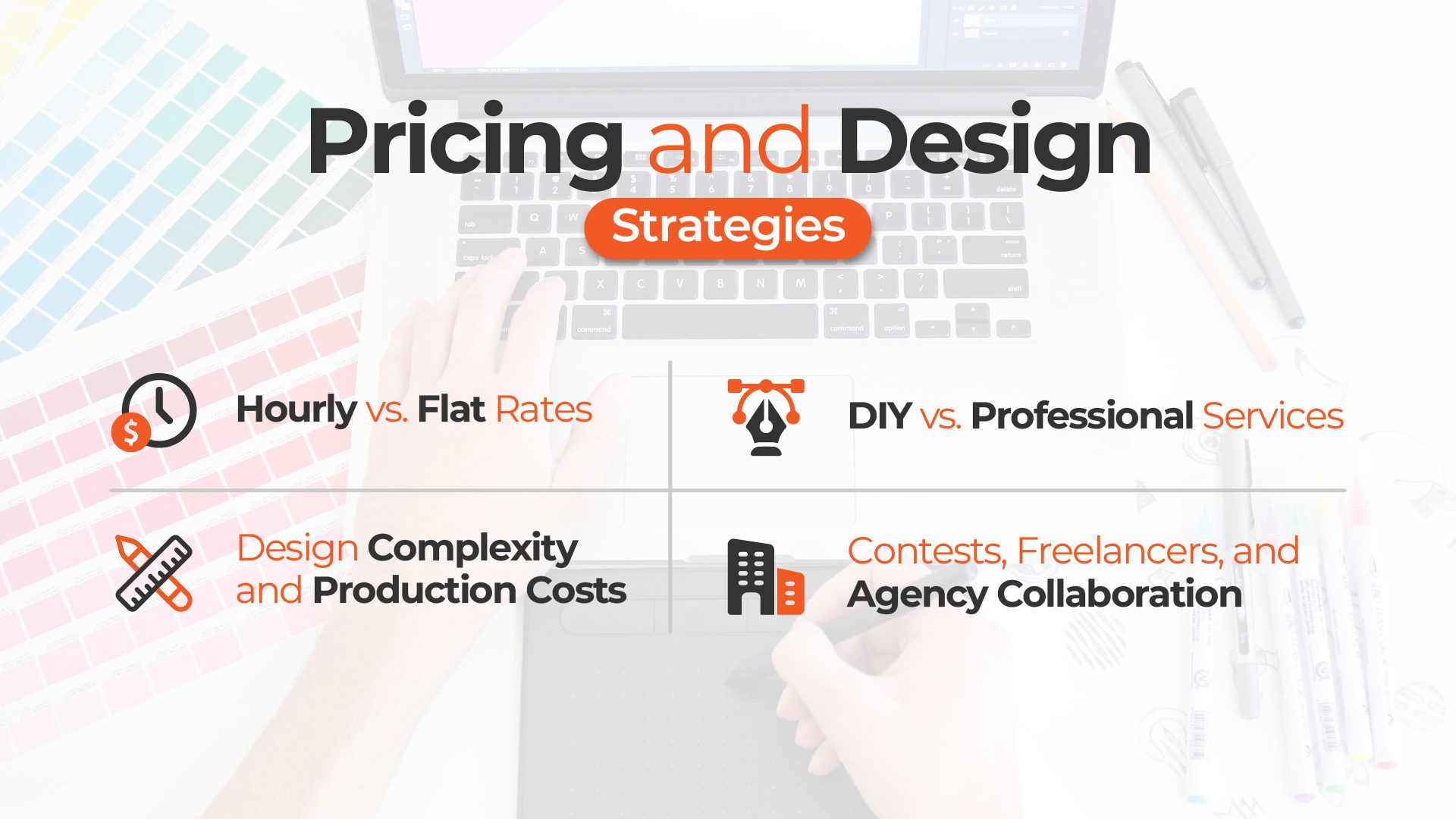
So, you’ve got your design skills ready, and someone wants you to design their business card. Exciting, right? But now comes the tricky part: how much should you charge? This isn’t just about earning money; it’s about valuing your work and skill.
Setting Your Rates
Here’s where things get real. Setting your rates isn’t just picking a number out of thin air. It’s important to consider your value and the current market conditions.
Hourly vs. Flat Rates
This is the big debate: should you charge by the hour or set a flat rate? Each has pros and cons. Charging hourly means you get paid for every minute you work. But, what if you’re super-fast and efficient? Then a flat rate might be better, as you can charge for the value of the work, not just the time it takes.
Assessing Design Complexity
Not all business cards are created equal. Some might want a simple, clean look, while others want all the bells and whistles. The more complex the design, the more you should consider charging. Think of it like cooking – a grilled cheese sandwich is quicker to make than a gourmet meal!
Production Costs Impact
Don’t forget about the costs of actually making the card. If you’re handling the printing, the type of paper, ink, and even the printing process can add to your costs. You don’t want to end up paying to make someone else’s business cards, right?
Options for Business Card Creation
When you’re thinking about creating a business card, there are a few routes you can take. It’s like deciding whether to bake a cake from scratch, buy a mix, or just get a delicious one from a bakery. Each option has its perks and prices.
Design Creation Choices
DIY vs. Professional
DIY (Do It Yourself): This is like making your cake. You design the business card yourself using software or online tools. It’s often the cheapest option, but it can take a lot of your time, and the result might not look as polished unless you’ve got some killer design skills.
You can also make your business cards on Google Docs. You can get comprehensive information about creating business cards on Google Docs, follow these steps: Open a new document. Adjust the page size in “Page Setup” to match your card dimensions. Insert a table and customize it by adjusting borders and cell sizes. Add your contact information, logo, and other details to each cell. Adjust the fonts, colors, and styles to align with your branding. Insert additional elements like images or icons using the “Insert” menu. Format and space elements for a professional design. Print the cards or save them as a PDF for professional printing. Save your work and make any necessary adjustments.
Hiring a Professional: This is like getting a baker to make your cake. A graphic designer can be hired to create your business card. It can be more expensive, but you get a professional-looking card that stands out. You’re paying for their expertise, creativity, and the time they save you.
Contests and Freelancers
Design Contests: Imagine telling several bakers, “Whoever makes the best cake gets paid!” A contest can be organized where multiple designers submit their business card designs, and the best one is chosen. It’s a way to get a bunch of creative ideas, but it can be pricier than just hiring one person.
Freelancers: These are the bakers working from their kitchens. Freelancers are professionals you can hire for your project. They usually have flexible rates, and you can find someone who fits your style and budget. It’s a great middle ground between DIY and hiring an agency.
Agency Collaboration
Working with a Design Agency: This is like going to a fancy bakery. An agency gives you a team of experts and guarantees high-quality work, but it’s the most expensive option. They handle everything from design to printing, making it a hassle-free choice for you.
So, how much should you charge for designing a business card or expect to pay? It depends on the route you choose. DIY can cost just your time and the price of printing. Hiring a professional, whether it’s a freelancer, through a contest, or an agency, can vary a lot. Professionals might charge anywhere from a few hundred to several thousand dollars, depending on their experience and your requirements.
Remember, a business card is often the first impression of your brand. So, think about what you want it to say about you and choose the option that fits your needs and budget best.
Isn’t it amazing how many ways there are to create something as simple as a business card? What option would you choose for your next business card?
After that, the next big challenge is how to organize these business cards. To organize business cards effectively, first, sort them into relevant categories. Consider scanning the cards to digitize and store the information electronically. Enter the details into a database or CRM system for easy access. Label or tag each card with keywords or notes for quick searching. Utilize physical storage solutions like cardholders or organizers. Regularly update both digital and physical systems to ensure accuracy. By following these steps, you can keep your business cards organized, making it easier to find and utilize important contacts.
Factors Affecting Price
When it comes to setting a price for designing a business card, there’s no one-size-fits-all answer. It’s like trying to guess how much a pizza costs without knowing the toppings, size, or whether it’s gluten-free! The price can vary based on several factors, and I’m here to guide you through them.
Material Selection
The materials used for a business card can make a huge difference in both the look and the cost. Think of it like picking out an outfit. You wouldn’t wear a heavy wool coat to the beach, right? Similarly, the material for a business card should fit the business’s personality.
Standard Paper: This is like your everyday t-shirt – affordable and does the job. It’s the most cost-effective option but may not stand out much.
Premium Paper: This is more like a fancy dress or a suit. It’s thicker, has a nicer feel, and usually costs more. It’s great for making a strong impression.
Unique Materials: Ever seen a business card made of wood or metal? These are like designer outfits – very unique and more expensive. They’re perfect for businesses wanting to make a bold statement.
Card Size and Shape
The size and shape of a business card are like the canvas for a painter. The standard size is like a familiar landscape orientation, but going beyond that can make your card a memorable piece of art.
Standard Rectangle: It’s like the regular slice of bread – familiar and fits well in wallets. It’s the most affordable option.
Custom Shapes: Imagine a card shaped like a cupcake for a bakery or a camera for a photographer. These unique shapes are super cool but can bump up the price due to the custom cutting needed.
Folded Cards: Like a mini booklet, these cards offer more space for info but are pricier due to the extra material and folding involved.
Graphic and Font Choices
Graphics and fonts are the spices in the recipe of business card design. They can turn a bland card into a flavorful masterpiece.
Standard Designs: These are like your basic salt and pepper. Using standard fonts and simple graphics keeps costs down but might lack a wow factor.
Custom Graphics: If you’re creating unique logos or illustrations, it’s like adding a secret sauce. It makes the card stand out but also adds to the cost because of the extra creativity and time involved.
Fancy Fonts: Ever seen a font that looks like elegant handwriting or cool graffiti? Using unique or licensed fonts can give your card a distinct personality, but just like a gourmet ingredient, it might cost more.
So, there you have it! When figuring out how much to charge to design a business card, think about these factors. It’s all about balancing cost with creativity to make something amazing. What kind of business card would you love to design?
Advanced Design Considerations
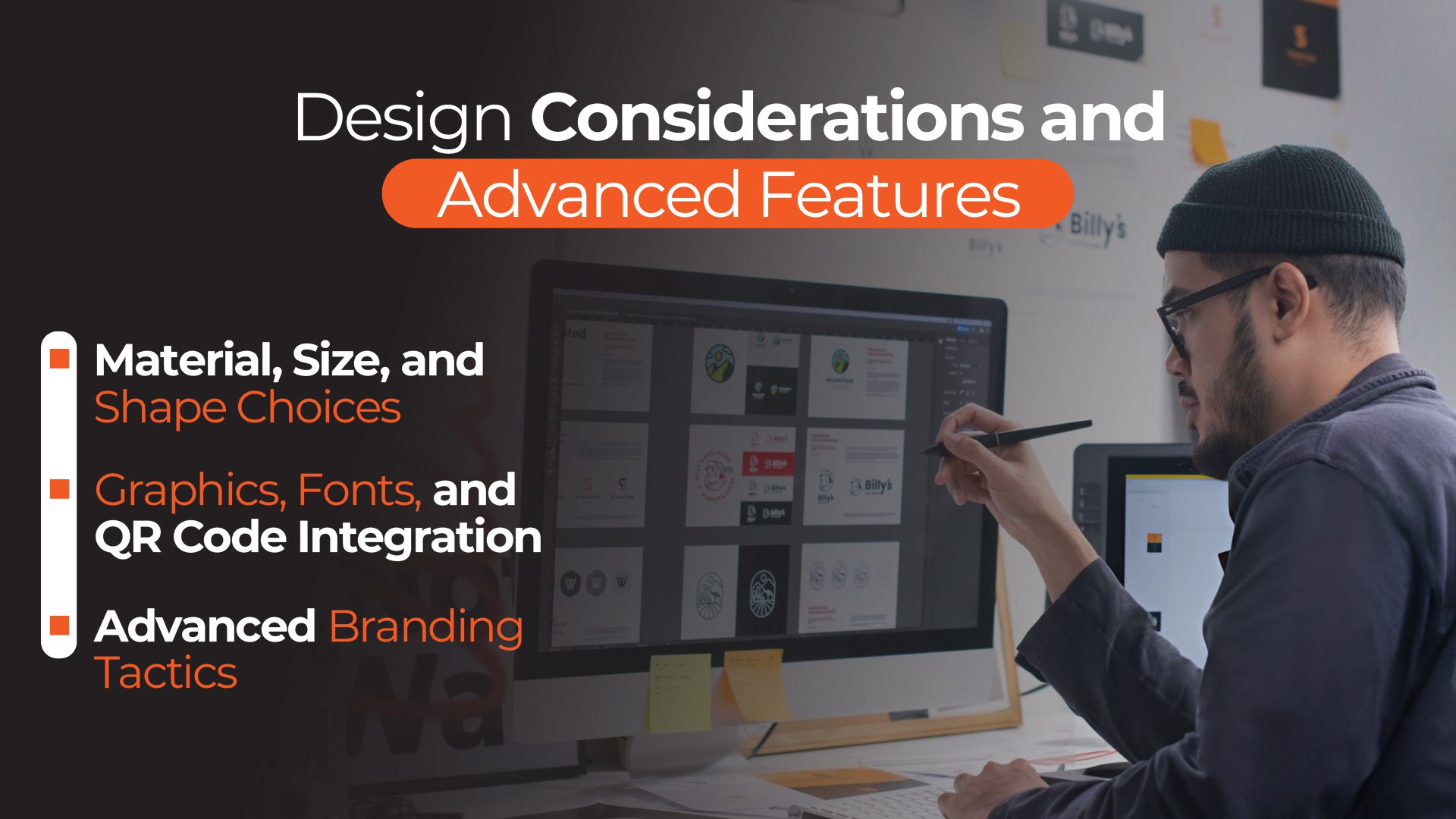
When you’re creating a business card, there’s a lot more to it than just slapping a name and number on a piece of cardstock. We’re talking about advanced design considerations that can make your card stand out. This is where your creativity gets to shine!
Beyond Basic Design
Now, this is where the magic happens! Moving beyond the basics means adding elements that make your business card not just a piece of information, but a memorable keepsake.
QR Code Integration
Imagine this: Someone hands you a business card, you scan a QR code, and bam! You’re taken to their website, portfolio, or even a special offer. How cool is that? Integrating a QR code into your business card design isn’t just trendy; it’s super practical. It connects the physical and digital worlds. Plus, it’s a nifty way to show off your tech-savvy side.
Advanced Branding Strategies
Branding isn’t just about a logo. It’s about telling a story, your story. When designing a business card, think about how every element, from color to font, reflects your brand’s personality. Are you fun and quirky, or sleek and professional? Your business card is a tiny billboard that showcases your brand. Use it to make a statement that sticks in people’s minds.
So, when you’re figuring out how much to charge for business cards, consider these advanced elements. They take more time, skill, and creativity, which means you can justify charging a bit more. After all, you’re not just making a card; you’re crafting a pocket-sized piece of art that represents someone’s business.
Isn’t it amazing how much thought can go into such a small piece of paper? Have you ever come across a business card that caught your eye? What made it stand out to you?
Effective Cost Management
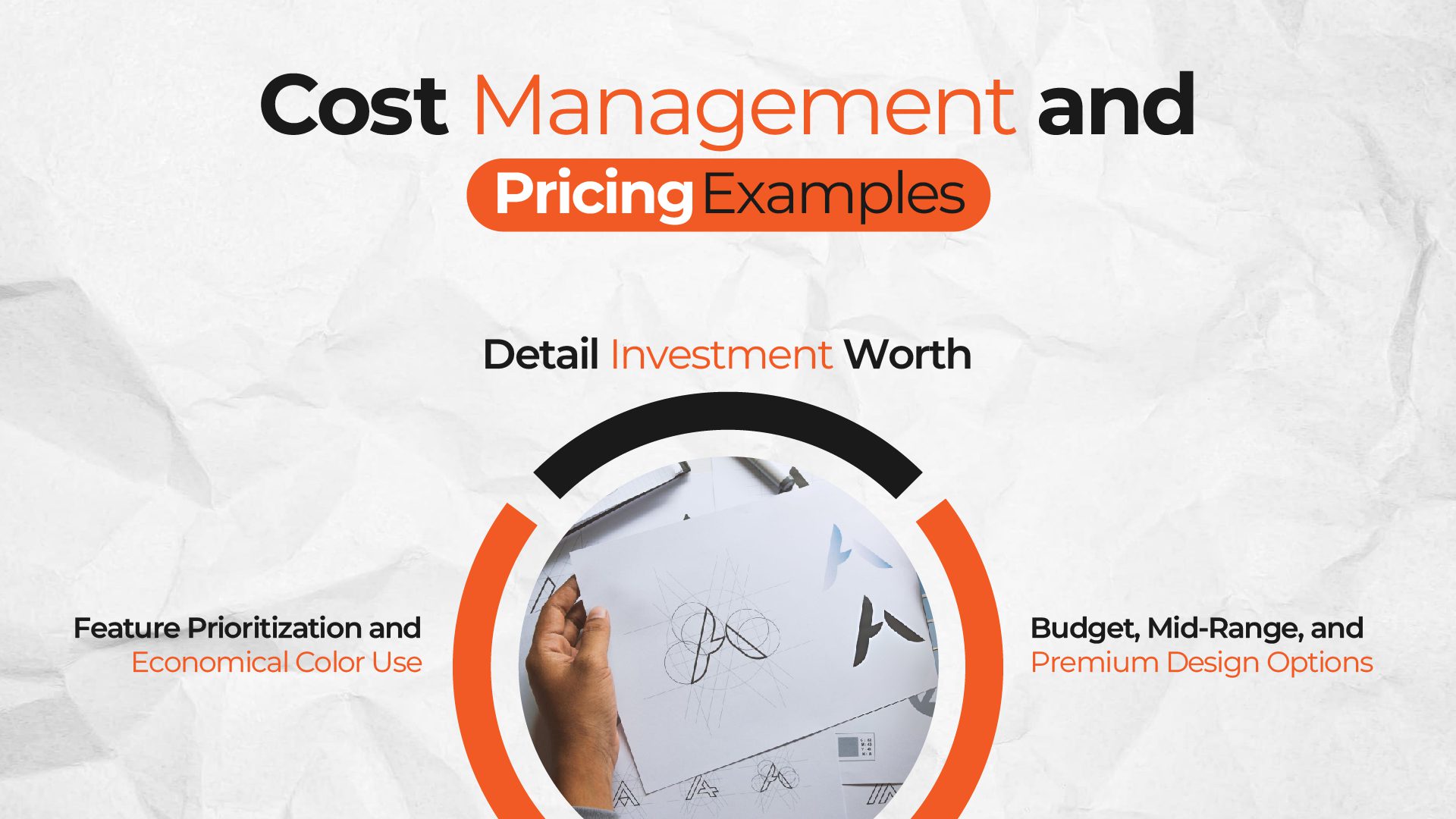
Now, onto the meaty part – managing costs like a pro! Here’s the deal: You want to create a killer design without breaking the bank. It’s all about balancing quality with affordability.
Budgeting Tips
Essential Features Focus: Stick to what’s necessary. Ask yourself, “Does the design need this?” If it’s not a loud ‘yes!’ it might be a no.
Color Use Economy: Colors are great, but more colors often mean more $$$ in printing. Can you create a stunning design with fewer colors? Challenge accepted!
Detail Investment Worth: Details make the design, but remember, not all details are created equal. Invest time and resources in details that make your design pop and skip the ones that no one will notice.
Pricing Strategies and Examples
Budget-Friendly Options
Let’s start with the basics – budget-friendly options. Imagine you’re a budding designer, and you’ve got clients who want something simple yet professional. They’re probably small businesses or startups, watching every penny. So, what’s the magic number? Well, it’s like picking the best dollar slice of pizza in New York – affordable but satisfying.
For these projects, you could charge anywhere from $25 to $50. Why? Because you’re using simpler designs and maybe even templates. It’s like making a sandwich – quick, easy, but still tasty. You’re not reinventing the wheel, just giving it a nice spin.
Mid-Range Solutions
Next up, mid-range solutions. This is where you get to be a bit more creative. Your client might be a small to medium-sized business ready to level up their game. They want a business card that stands out but doesn’t scream “I’m a rock star!”
For these designs, you might charge between $50 and $150. It’s like ordering a pizza with a few extra toppings – not just cheese and pepperoni, but maybe some mushrooms and olives too. You spend more time on these designs, adding custom elements or maybe a dash of fancy typography.
Premium Designs
Now, let’s talk premium. This is the crème de la crème, the lobster dinner of business card designs. Your clients are high-end, and they want a business card that’s as unique as a unicorn. They might be big companies or high-profile individuals.
Here, you could charge from $150 to $500 or even more. It’s like cooking a gourmet meal – you’re using the best ingredients, putting in more time and effort, and creating something truly unique. You might incorporate hand-drawn elements, custom graphics, or even special materials. It’s not just a business card; it’s a piece of art.
So, there you have it! Whether you’re making a quick sandwich, a tasty pizza, or a gourmet meal, there’s a price point for every type of business card design charge. Remember, the key is to match your pricing to the complexity of the project and the client’s budget. You can get our expert services according to your budget. We have a wide range of packages that will suit every type of client. You can get quality of work without hurting your pocket.
The Value of Business Cards Today
Current Relevance
Have you ever thought, “Are business cards still a thing in our digital world?” You bet they are! They’re like little ambassadors for you and your business. When you meet someone, handing them a well-designed business card is like saying, “Hey, remember me and what I do!” It’s a personal touch in a digital world.
Networking Benefits
Imagine you’re at a cool event, chatting with potential clients or partners. You want to make a lasting impression, right? This is where a snazzy business card comes in. It’s not just a piece of paper; it’s a memory jogger. When someone looks at your card later, they’ll remember your chat and how awesome you are.
Digital and Physical Blend
Now, we’re not just talking about plain old cards. It’s the 21st century! Today’s business cards can be a mix of classic style and techy coolness. Think QR codes linking to your LinkedIn or a cool video about your work. It’s the best of both worlds!
Conclusion
Summarizing Key Points
So, we talked about how business cards are still super important. They help people remember you and blend the digital and physical aspects of networking.
Final Thoughts on Pricing
etermining the appropriate fee for designing a business card involves considering factors such as the time and effort invested in its creation, the level of creativity required, and the value it will bring to your client. It’s not just a card; it’s a key to new connections and opportunities. You can explore our guide about business card design to see more quality and affordable options. So, price is not just on what it’s made of, but on the value it brings. And remember, when the time comes, you can also choose to recycle your business card, contributing to a more sustainable environment.
And there you have it! A simple guide to understanding the value of business cards and pricing your design work. What do you think? How would you price your creative work?
FAQs:
What is the appropriate fee for designing business cards?
The appropriate fee for designing business cards can vary depending on factors such as complexity, design elements, and time required. It is best to consider your experience, market rates, and client expectations when determining your fee.
What is the price for producing 100 business cards?
The price for producing 100 business cards can also vary depending on factors like printing method, paper quality, and additional finishes. It’s a good idea to get quotes from different printing services to find the best price for your specific needs.
What are the costs associated with business cards?
The costs associated with business cards include design fees, printing costs, paper or material expenses, and any additional finishes or special features. It’s important to consider these costs when setting your pricing and to ensure they are covered by your fee.
What is the profit margin for business card production?
The profit margin for business card production is the difference between the total cost of producing the cards (including design and printing) and the amount you charge clients. This margin represents your earnings or profit from the project. It’s important to ensure that your profit margin is reasonable and takes into account your expenses and desired income.

